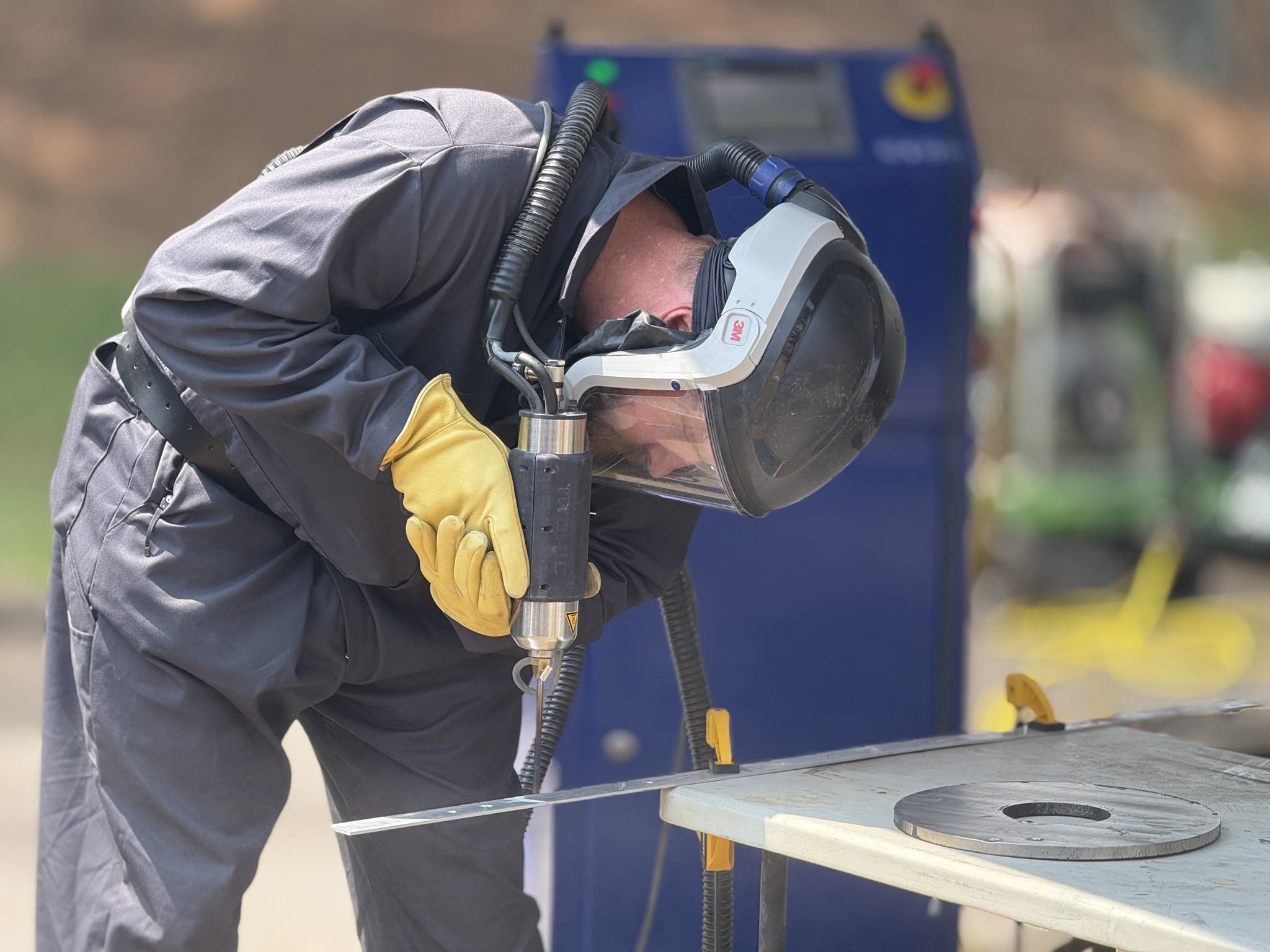Banishing the winter blues with air and temperature quality
Published 1:00 pm Saturday, January 21, 2023
Preparing your home for cold weather can lower your energy bills; promote a more comfortable, healthier environment; and even help banish winter blues.
Here’s what to know
Trending
• Call a professional
• Change air filters: For better indoor air quality (IAQ) and to extend the life of your HVAC system, change filters every 30-90 days. If you have pets or household members with asthma or allergies, change filters more often.
• Try zoned heating: Zoned HVAC systems let you keep a consistent temperature throughout your home, or heat one zone for individualized comfort that helps you save energy and directs heat where it’s desired.
• Consider an upgrade: Forty-five percent of Americans deal with “shockingly high” energy bills, according to a Trane Residential survey conducted by OnePoll.
A heating equipment upgrade, however, can help you enjoy consistent warmth without wasted energy. Consider the XC95m furnace from Trane. Its AFUE rating of up to 97.3 percent means nearly all of the fuel it uses goes to warming the home.
When paired with the energy-efficient XV20i Variable Speed Heat Pump, you can enjoy the reliability of a hybrid or dual fuel system. To learn more, visit: trane.com/residential.
Trending
• Set your thermostat: Newer technology can help maximize energy savings. With the Trane Home app, for example, you can program your smart thermostat and control your home’s temperature from anywhere. Its geofencing capabilities regulate temperature based on your location.
• Monitor indoor air quality: “For air quality, again that duct sealing becomes super important and the duct sealing is probably the most important thing for you that you can do for air quality,” Burns said.
“Everybody’s house has their ductwork either running through an attic where you have insulation and you have mice and possibly squirrels and anything like that, or through a crawlspace, again, where you have insects and bugs and spiders and it’s a wet, damp area,” Burns said. “So sealing up your ductwork so that it’s not allowing that dirty air to be pulled into your ductwork and then being pumped into your home is the best thing that you can do for your air quality.”
In the same Trane Residential survey, 57 percent of respondents said they suffer from indoor stuffiness and lack of fresh air. Improving IAQ can help alleviate allergy and asthma symptoms and reduce the spread of colds and flu.
First, determine what airborne particles may be negatively affecting the air. You can also contact an HVAC dealer who can test your IAQ and offer recommendations to improve it.
They may recommend installing a whole-home air cleaner like the Trane CleanEffects, which is certified asthma and allergy friendly by the Asthma and Allergy Foundation of America and has been documented to remove 99.9 percent of the Influenza A (H1N1) virus. The Awair Element is a great way to monitor your IAQ by measuring temperature, humidity, etc.
• Assess humidity: “The most important thing for humidity is honestly trying to make sure yes that your house is has good air sealing and you don’t have a bunch of leakage coming in and out from the outside, but also the biggest thing is making sure that you have a proper size unit,” Burns said.
Maintaining a home humidity level between 35 and 60 percent is one key to improving IAQ and ensuring comfort in colder weather. Mold, dust mites and other air pollutants tend to thrive outside that range, and the body’s natural immune system can be compromised in dry air.
• Check insulation: “One of the biggest things that TVA recommends is having your attic insulation correct,” Jeremy Burns said. “Having proper insulation up your attic is huge.”
Poor insulation is an often-overlooked escape route for heat that forces your heating system to work harder.
Homes built in the 1970s or earlier should be checked by an expert, as insulation quality has come a long way since then. Foam insulation can settle after a year, so it’s best to inspect insulation annually.
“After that, a lot of people also in older homes have poor ductwork and so they get a lot of air leakage and so having something called duct sealing is super important to seal up the ductwork,” Burns said.
Certain insulation jobs can be accomplished by a handy homeowner; however, you may prefer hiring a contractor. The average insulation upgrade costs $2,400, according to the National Association of Realtors, but will save on utility costs in the years ahead.
“If you’re going to be doing it yourself, just the the main thing is obviously making sure that you’ve got a really really good mask and you’ve got really good goggles,” Burns said.
Burns also recommends homeowners to steer clear of working in the attic during the summer months if at all possible.
“It don’t take about 10 minutes up in one of those attics during the dead of summer to really get you dehydrated and really lose a lot of fluids,” he said.





